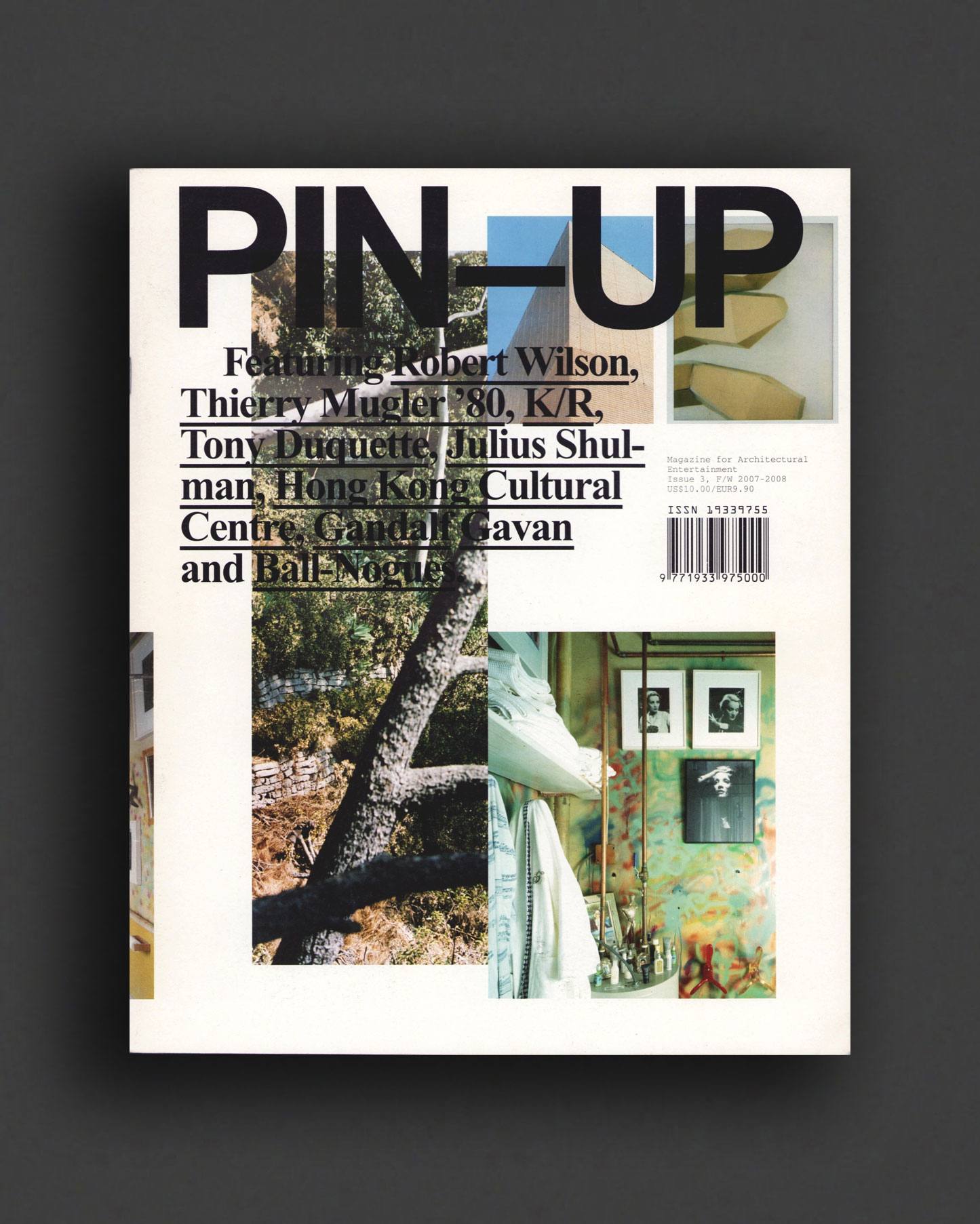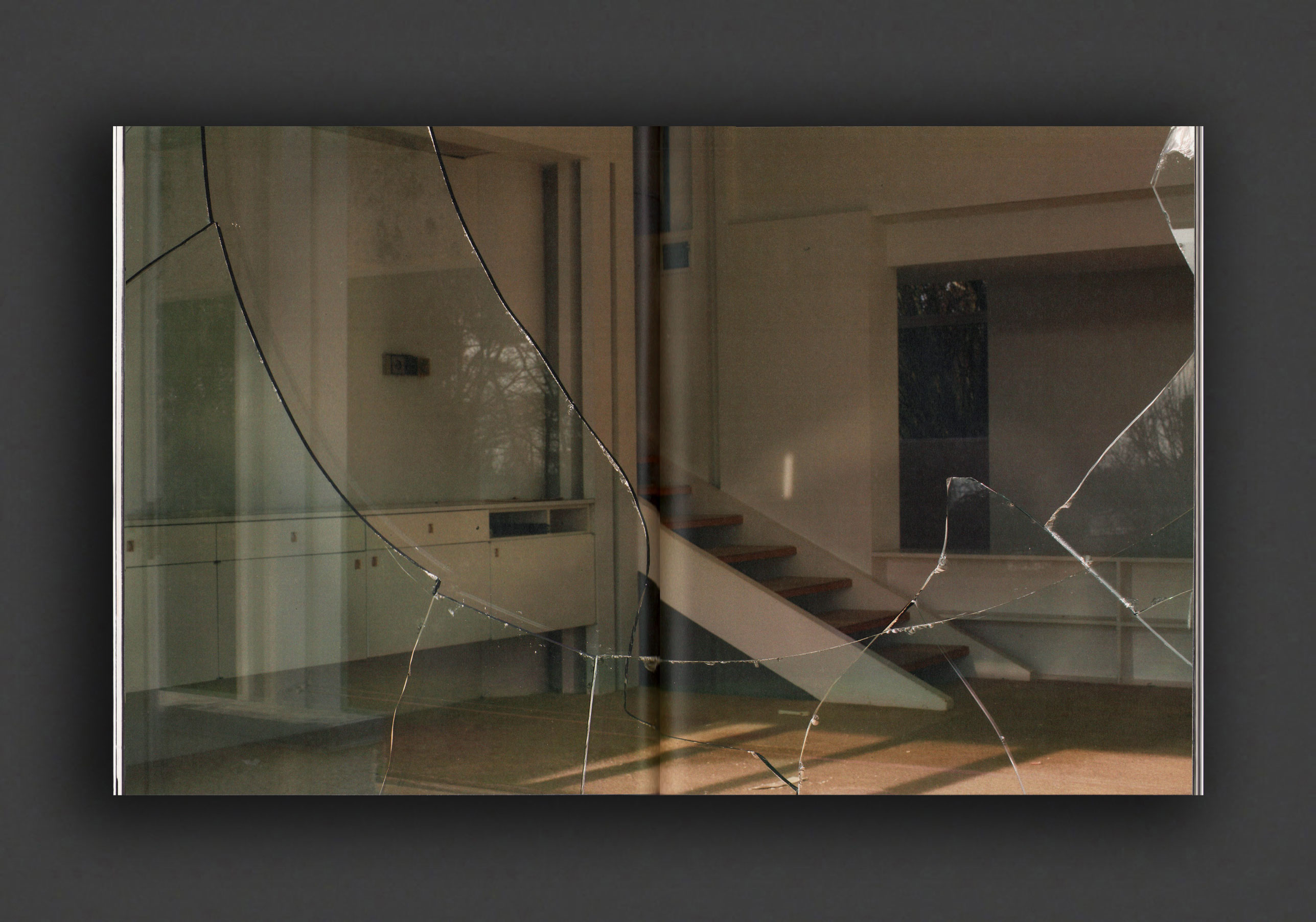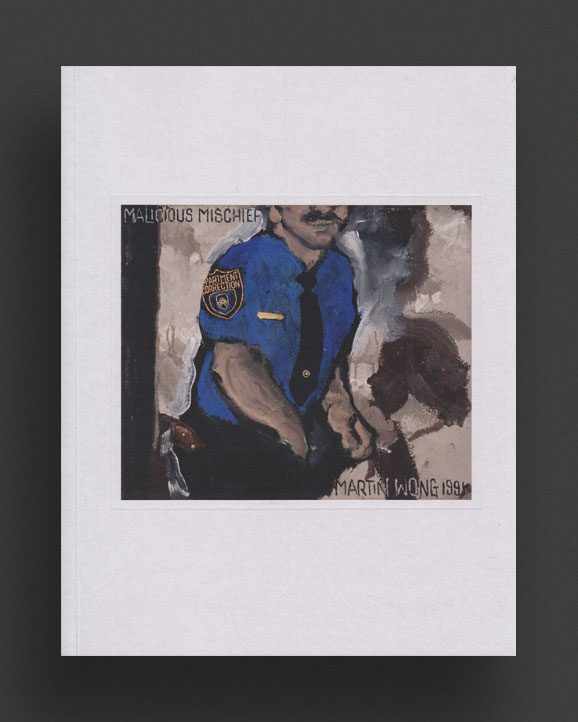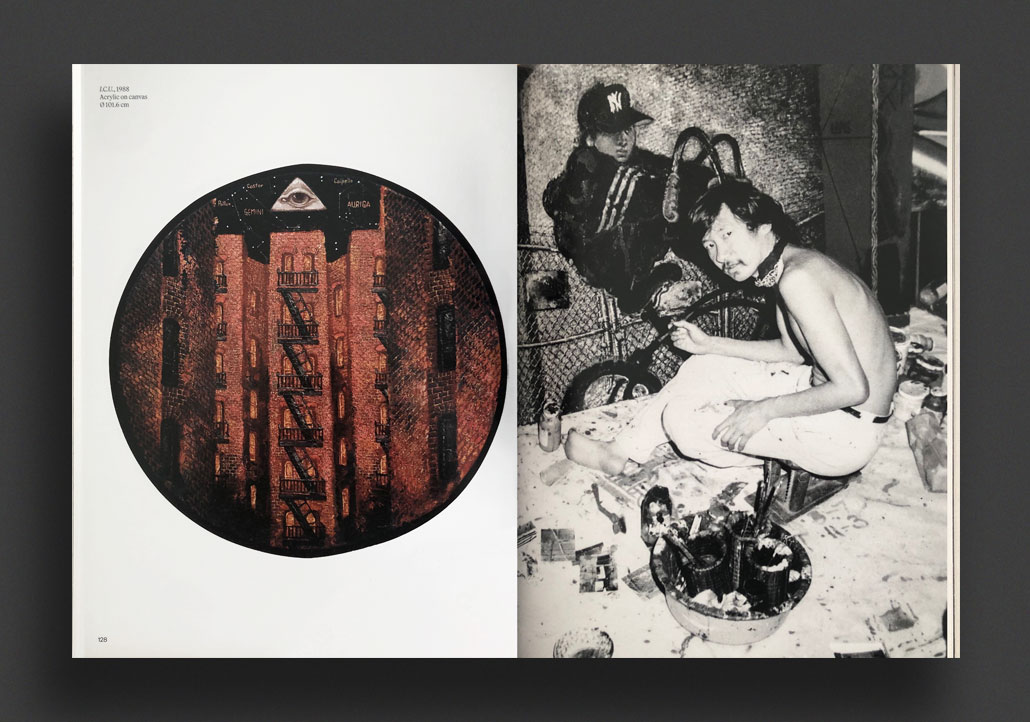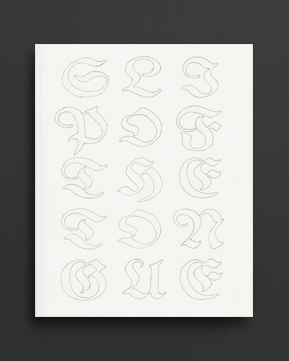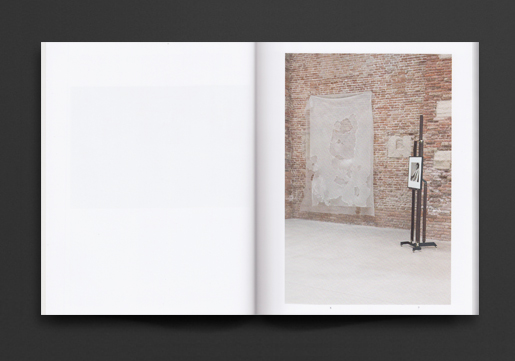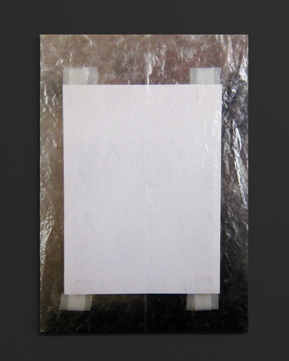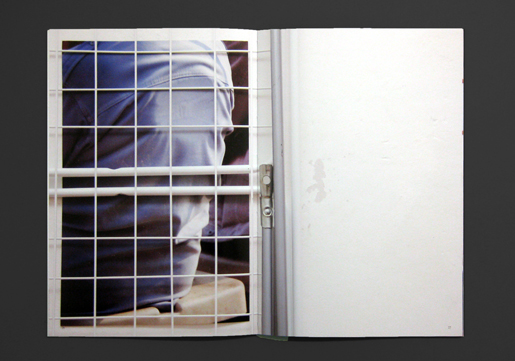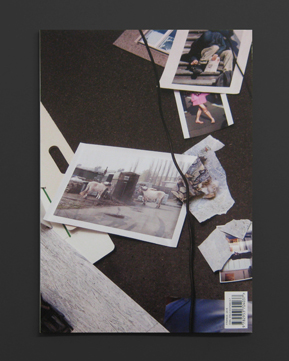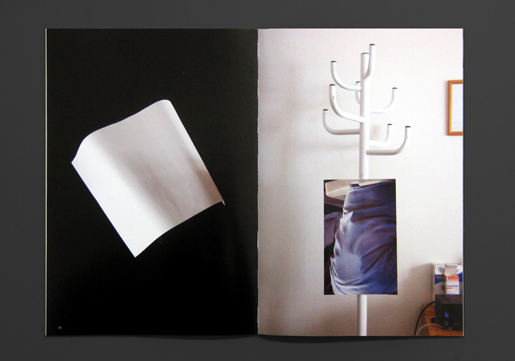(...less)
This book documents the collection of the artist Martin Wong (1946–1999).
In numerous colour illustrations, photographs that Heinz Peter Knes took together with Danh Vo, the book depicts the interiors of the Wong Fie family residency in San Francisco filled with paintings, sculptures, and mulitfaceted objects from very specific and diverse fields of interest such as asian antiques and americana that Martin Wong followed and collected together with his parents throughout is life.
This books was produced on the occasion of the exhibiton:
Julie Ault/Heinz Peter Knes/Danh Vo/Martin Wong
“Neptune Society, San Francisco Columbarium, 4th Fl., Dome Room, South Wall, Tier 4, Niche 2” at Daniel Buchholz Galerie, Fasanenstraße 30, Berlin
Portion of exhibition text:
Under the title "Neptune Society, San Francisco Columbarium, 4th Fl., Dome Room, South Wall, Tier 4" we are presenting an installation with new works by Dahn Vo, a new text by Julie Ault and photographs by Heinz Peter Knes, as well selected works and ephemera from the estate and collection of Martin Wong. The exhibition was organised by Dahn Vo. Together with Julie Ault and Heinz Peter Knes, Dahn Vo enters into a dialogue with the work of Martin Wong whose estate and collection iscurrently stored and administered by Martin Wong’s mother Florence Wong Fie in the Wong family house in San Francisco. Martin Wong (1946-1999) was born in Portland Oregon as the only son of Chinese immigrants Benjamin Fie and Florence Wong Fie.
Martin Wong grew up in San Francisco where he was active in the late 60s and early 70s in the art scene in San Francisco, first as a ceramic artist, then as a draughtsman and painter. In San Francisco he also became a member of the performance groups The Cockettes and Angels of Light. In 1978 Martin Wong moves to New York’s Lower East Side. Since the beginning of the 80s Martin Wong has been showing his work in the context of exhibition spaces and galleries like the Semaphore Gallery, Exit Art and PPOW which were all just being set up at that time.
From his early years Martin Wong has cultivated a distinct passion for collecting in the most diverse areas. Together with his mother, he begins haunting antique shops and flea markets in search of curiosities from American Folk Art and antiques, above all Asiatic antiques, acquiring extensive knowledge and expertise in these fields. Later, alongside his work as a painter he will make a living as a dealer in Asian antiques. After moving to New York Martin Wong takes an increasing interest in the art market and begins to acquire works which interest him and which he can afford to buy. One of the first artworks which he acquired after moving to New York was a “Campbell’s Tomato Juice” box by Andy Warhol. Warhol is in many ways a model for Martin Wong and the areas of interest of both artists are astoundingly similar (at this time Andy Warhol’s private collection had not been published, which makes the parallels between Warhol’s and Wong’s collections the more astonishing).
Martin Wong also acquires a drawing by Piet Mondrian which he then sells at the end of the 80s in order to use the money as the initial capital for a Museum of Graffiti Art. By this time Martin Wong had assembled a large collection from the New York graffiti scene. The Street Art and Poetry scene in New York in the late 70s and early 80s were important points of reference for Martin Wong and substantially shaped the work he produced after the move from San Francisco. Martin Wong developed his known “Sign Language” paintings, that depict sentences in the finger alphabet of gesture language, as his answer to the ‘tags’ of the New York graffiti artists.
During his years in New York Martin Wong also kept in close contact and conducted an extensive correspondence with his family in which he informs his parents about his experiences in New York and reports, in particular to his mother, about his latest purchases and sales.
In 1994 Martin Wong is diagnosed HIV positive. When the state of his health becomes worse Martin Wong decides to move back to his parents in San Francisco. The house he returns to has in the meantime changed into a hybrid between warehouse and shrine, full of the objects, antiques and works of art that Martin Wong had regularly sent back to his mother, as well as a large number of his own works that he dedicated to his parents. Until his death in 1999, with the exception of occasional trips to New York with his mother to see exhibitions and keep up his contacts with his New York circle, Martin Wong was now to live in the parental home where he continued to work, for example on the cactus paintings or a depiction of Patty Hearst in the painting “Did I ever have a Chance”, which is, according to reports, one of Martin Wong’s last paintings and is supposed to have been his proposal for an AIDS Memorial.
In the 90s when it becomes clear to Martin Wong that he will not outlive his parents, he begins to search for a suitable burial place for his family, since it is a Chinese tradition that the son takes care of the burial of his parents. He decides on a family plot in San Francisco Columbarium, an urn repository in a cemetery in the vicinity of the Wong Fie home. In the dome on the fourth floor in row four on the South Wall Martin Wong’s urn and that of his father are now to be found.
Florence Wong Fie who lives in the family house, manages her son’s artistic legacy, archives the collection, and is working to establish a Martin Wong Foundation for Artists. The urn repository site was designed by her as if it were an annex of her house, and it is richly decorated with a changing selection of objects and photographs.
The house in its current state is a unique document of the life’s work of Martin Wong, an important representative of the art scene in New York's lower East Side in the 80s. In a variety of ways the contents of the house on the one hand reflects the wealth of reference in Martin Wong’s works, and over and above that the unique relationship between Martin Wong and his parents with all the necessarily complicated projections and possible misunderstandings such relationships entail.
Danh Vo has been involved with Martin Wong’s work for a considerable time. In the course of many visits to Florence Wong Fie he has come to know the house and the collection. Florence Wong Fie has now announced that she will have to give up the house in the coming year and move into a retirement home. The question of the continuing existence of the collection has not at this time been clarified. Danh Vo has invited Heinz Peter Knes to make a photo-documentation of the house, and has commissioned Julie Ault to write a piece on the unique constellation of the collection. Julie Ault knew Martin Wong back in the 80s in New York and worked with him on several occasions, she also knows Florence Wong Fie.
In the course of the exhibition we will publish a book with Julie Ault’s text and Hans Peter Knes’s photographs.
File under:
Danh Vo
Heinz Peter Knes
Martin Wong
Julie Ault
Daniel Buchholz Galerie / Köln
Walther König / Köln
Art




















































































































































